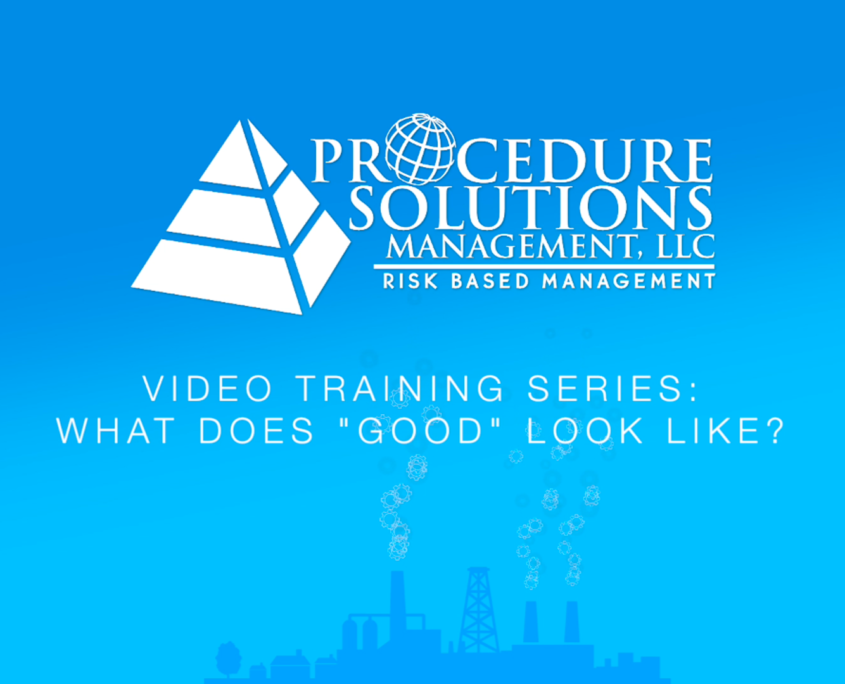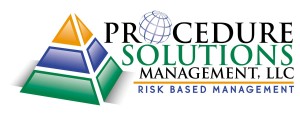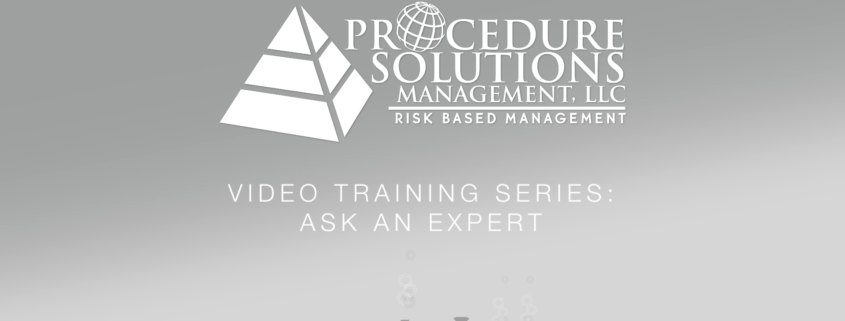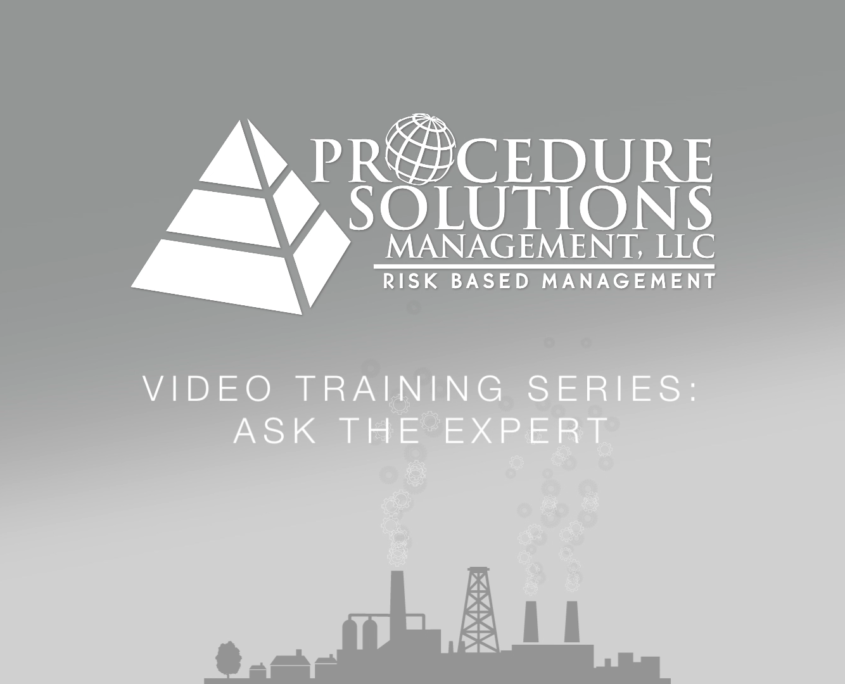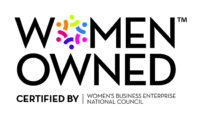
Notes, Cautions, Warnings, Precautions, Limitations play a significant role in successful procedure and work instruction execution.
When performing a procedure or work instruction, do your workers stop to read the Notes, Cautions, Warnings, Precautions, Limitations? If they are like a majority of users, then the answer is most likely “No!”
In many industries, there is a requirement to perform placekeeping (e.g., circle/slash, check, initial) on this type of information. Yet, even then, the content is often disregarded. Users tend to risk-assess the need to pause and fully appreciate or value the content.
So why the inconsistent performance and how does this performance result in challenges to human performance?
To answer this, let’s first understand the industry standard guidance that describes their use:
- Notes – Provides supplemental information [at the step level].
- Cautions – Attract attention to information that is essential to prevent damage to equipment [at the step level].
- Warnings – Attract attention to information essential to avoid loss of life, personal injury, and health hazards [at the step level].
- Precautions – Alert the procedure user to those measures that protect equipment, personnel, and the general public from abnormal or emergency situations. Applies generically to the entire document.
- Limitations – Statements that describe regulatory or administrative limits that the procedure is bound by. Applies generically to the entire document.
So, now that we are all on the same page regarding the usage of these critical human performance tools, let’s look at their content requirements:
- Written as short and concise statements.
- Written in a passive voice.
- Cannot contain an implied instruction or action step.
- Written such that, if removed from the procedure or work instruction, performance will not be affected.
In addition, for notes, cautions, and warnings the following rules apply:
- Placed prior to steps to which they apply
- Must be contained on one page and not expand onto two pages.
- Must appear on the same page as the impacted step
As you can see, the content requirements are pretty clear. So, why such huge performance inconsistencies?
From the assessments performed by Procedure Solutions Management, LLC (PSM), we have identified the following challenges:
- No guidance existed. A procedure or work instruction content and format procedure did not exist. As such, no guidance was provided to the technical writers on how to develop a human-factored focused procedure or work instruction; no guidance existed to establish quality standards.
- Guidance existed but was not enough. Where a content and format procedure did exist, the guidance was not aligned with industry standards.
- Lacked an understanding of the impact to human performance on the task. Technical writers were either unaware of the procedural content requirements at their site or underappreciated/unaware of the risk to human performance.
- No formal human factored writing training. Technical writers were either unaware of programmatic requirements or under-appreciated the risk to human performance as they did not understand the “why” behind the requirements.
- Human performance error likely situations of the Technical Writer. Technical writers were found during the editing process to have their own human performance error likely situations such that actionable or implied actionable content was added without recognizing the error they created.
- During document authoring it was found that the content of notes, cautions, warnings and precautions and limitations was more consistently developed if this content was added after all action steps were created. Place holders could be added for the location of the information to be added at a later time but no content should be developed until after all action steps are created first. This resulted in the development of higher quality action steps and an almost total elimination of actionable or implied actionable content being added.
- Blind compliance. Accepting Corrective Action Program requirements that specify specific content to be provided to fix program quality issues that conflicts with human performance requirements and best practices. This was especially problematic when no content and format procedure was present or was present but did not contain the industry guidance for the control of Notes, Cautions, Warning, Precautions and Limitations. As such, corrective action requirements are followed verbatim as nothing was in place programmatically to prevent a corrective action that would fix a quality issue but in of itself also lead to a challenge in human performance.
As a result of these challenges, what is the extent of condition? Here are a few industry examples that were identified to challenge human performance and the safe execution of the task:
Precaution (challenge: Actionable information)
- Inspect work area for spiders or other creatures/insects & exterminate as required to prevent personal injury.
Warning (challenge: Implied actionable information)
- Hand protection is mandatory for tasks that possess a risk of laceration or exposure to heat or chemical exposure. The correct gloves should be selected for handling sharp edged or heated materials, or other tasks that expose the hands to safety hazards.
Precaution (challenge: Boiler plate information resulting from a Corrective action)
- Safety rules, protective equipment, proper tooling, adequate instructions, and training are needed to provide a safe work environment. However, these alone are not enough to prevent accidents. An acute awareness of the surroundings, sound work habits, and commitment to safety will help ensure avoidance of accidents.
In contrast to those above, an example of a well written statement is provided below:
Warning – Electrocution may result from coming in contact with energized bus bar components while performing work in 4Kv Breaker Cabinet 1BKR4312.
In conclusion…
Notes, Cautions, Warnings, Precautions and Limitations play a significant role in successful procedure and work instruction execution. They can save lives and prevent equipment damage but only if written using high quality standards consistently in their format and content.
Interested in learning more about how Procedure Solutions Management can make your Human-Factored writing more successful? Please contact us for more information.
If you like our content, subscribe to our blog using the link to the right of this post. Or, visit our services page for more information on our staffing, training, or consulting services.
